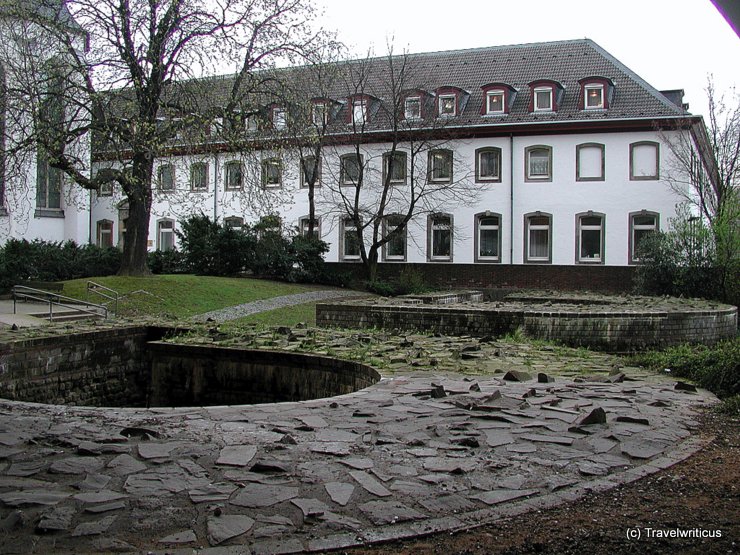
In Cologne (Köln), you can still find the remains of an ancient Roman fort. The name of the Köln-Deutz district originates from the name of the depicted fort called Divitia. During Roman times, these walls guarded an important Rhine bridge.
Browse through your travel destination!

In Cologne (Köln), you can still find the remains of an ancient Roman fort. The name of the Köln-Deutz district originates from the name of the depicted fort called Divitia. During Roman times, these walls guarded an important Rhine bridge.
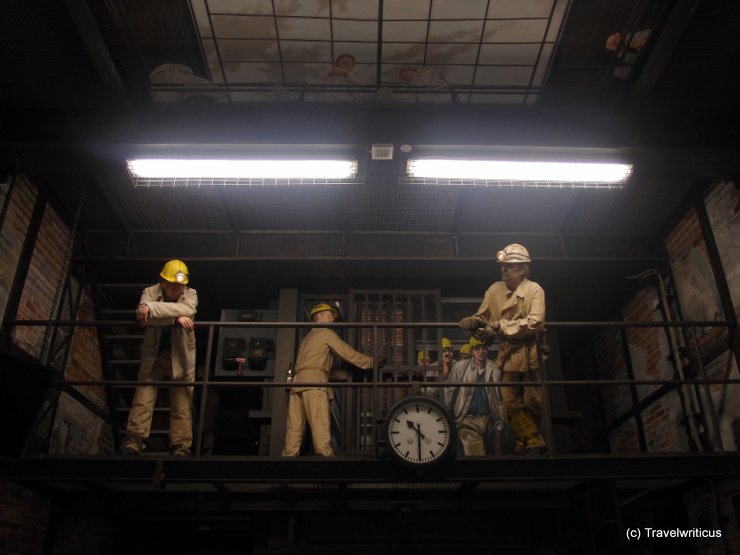
The Deutsche Bergbau-Museum (German Mining Museum) consists of a show mine and a collection of exhibits regarding mining. The photo above was taken at the elevator, bringing visitors down to the show mine.
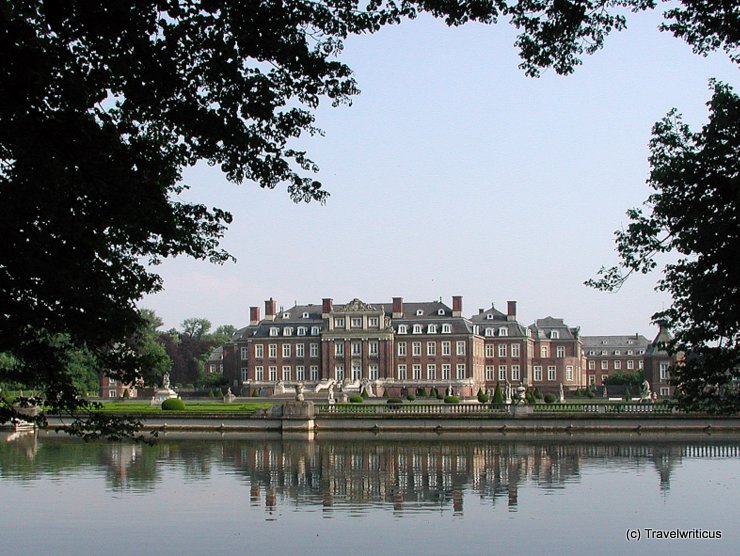
Nordkirchen Castle (Schloss Nordkirchen) is the largest palace with a moat in the region of Westphalia. The present palace, also known as “Versailles of Westphalia”, dates back to the 18th century.
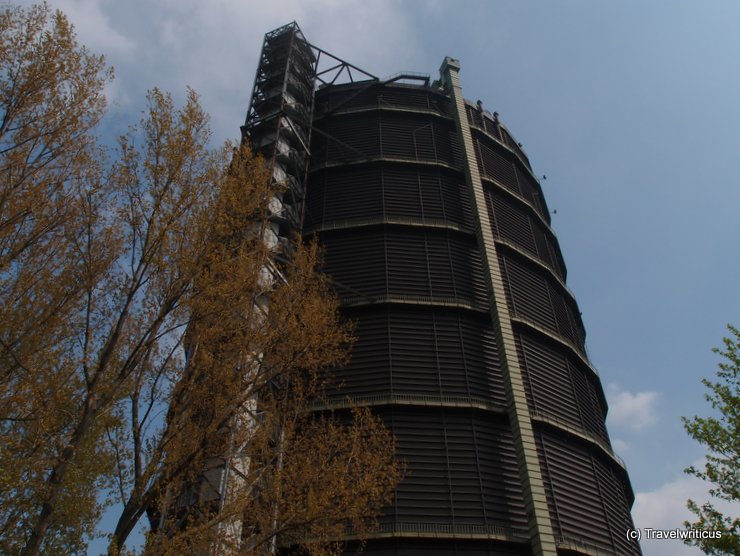
The Gasometer in Oberhausen is the largest disc-type gasholder in Europe. Today, it serves as an exhibition hall. Visitors enjoy an excellent view after reaching the top by an elevator or a staircase outside the building.
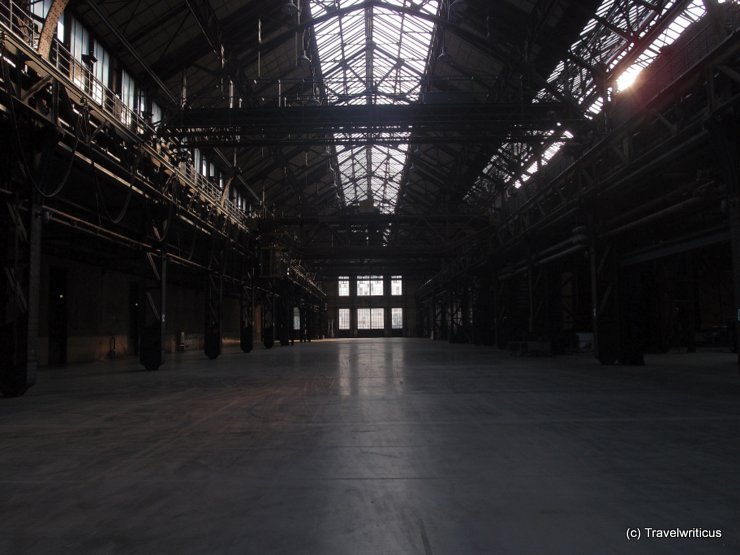
The Jahrhunderthalle is a venue for such famous events like the Ruhrtriennale. Interesting detail: The hall was constructed on top of an existing plant. After that, the soil was risen up to the level of the hall. So the first plant became part of the basement.
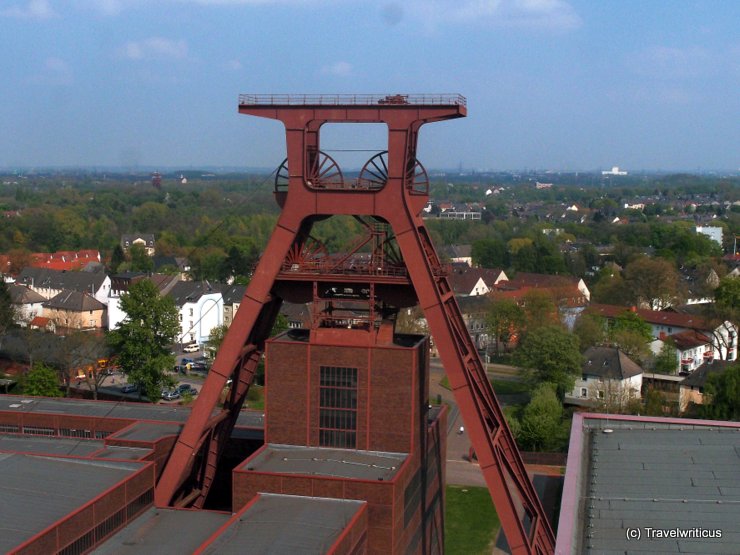
The Zeche Zollverein (Zollverein Coal Mine Industrial Complex) is considered a World Heritage Site and an anchor point of the European Route of Industrial Heritage. Its iconic headframe is a known landmark in the city of Essen.
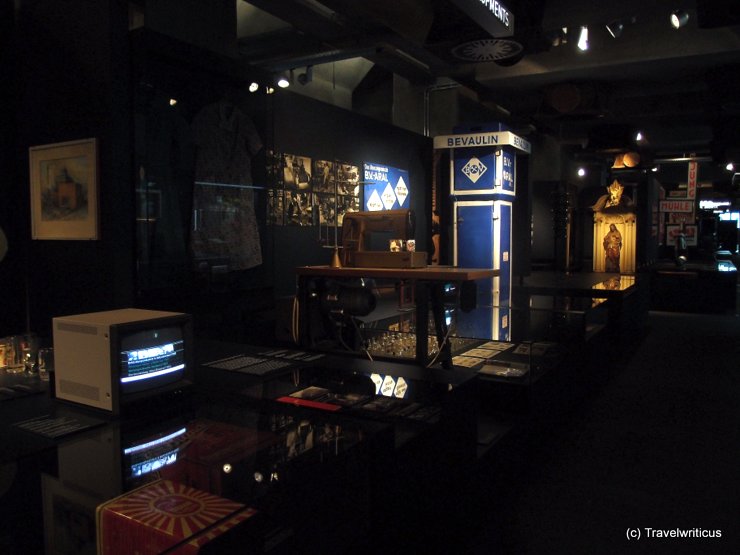
Museeum geeks find the Ruhr Museum in the former coal preparation plant at the Zeche Zollverein. On several floors, it tells the story of the Zeche (coal mine) and portrays the history of the Ruhrgebiet (Ruhr Area).
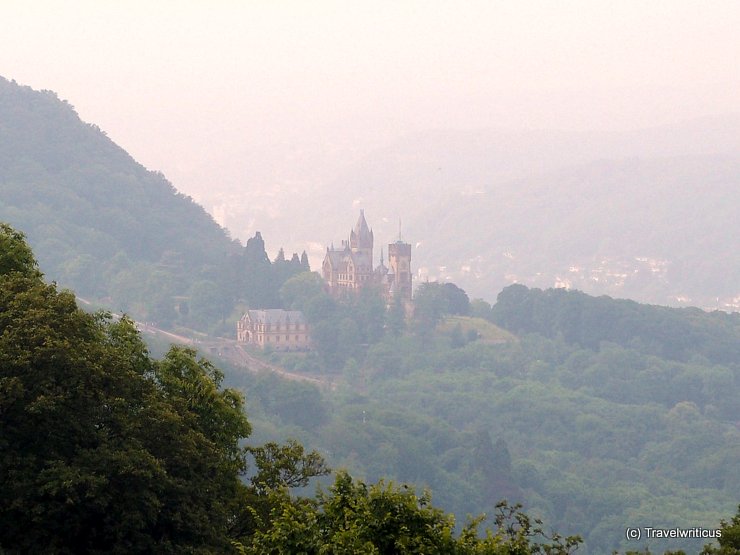
Drachenburg Castle (Schloss Drachenburg) is a late 19th-century building in the style of a fairy-tale palace. Its founder was Baron Stephan von Sarter, a broker and banker. You have the depicted view from the terrace of the nearby Petersberg Grand Hotel.
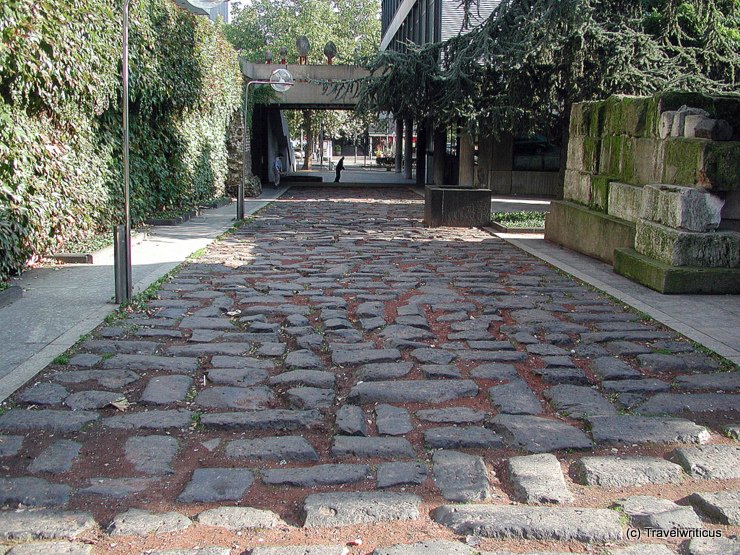
Near the Roman Museum, pedestrians see this reconstruction of an ancient street. The lane is known as Harbour Road, though it doesn’t lead to a port anymore. It isn’t an exact reconstruction of the former street, but the basalt stones are from Roman times.
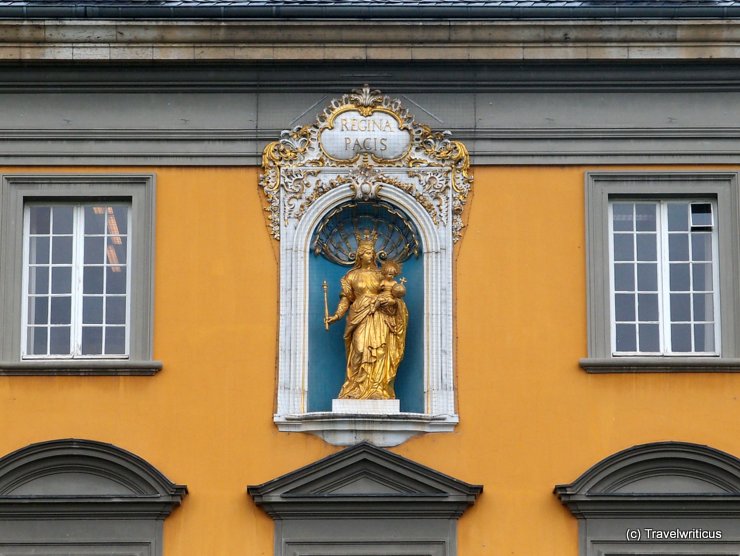
Wilhelm Rottermondt created this statue of the “Regina Pacis”. In English, this title translates to Our Lady Queen of Peace. You find this sculpture in a niche on the facade of the University of Bonn, also known as Rhenish Friedrich Wilhelm University of Bonn.
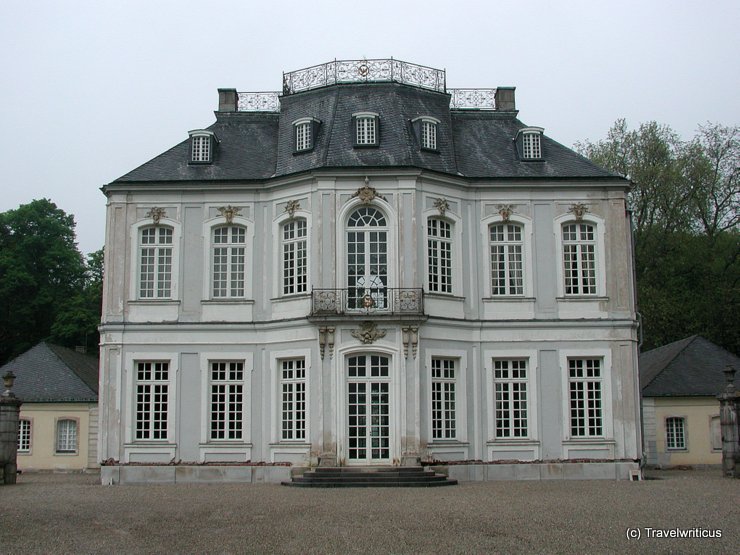
Schloss Falkenlust (Falkenlust Palace) was built from 1729 to 1740 as a hunting lodge. It is part of an ensemble with Schloss Augustusburg connected by a big garden. Both of them are part of the UNESCO World Heritage list.
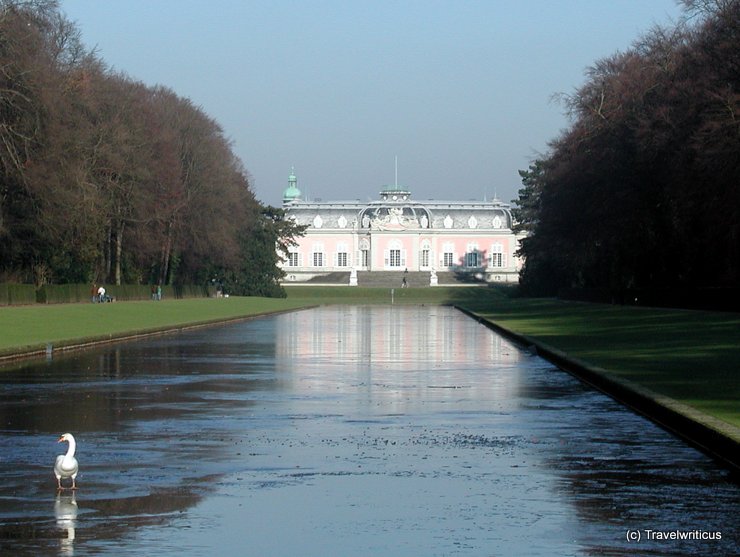
Benrath Palace (Schloss Benrath) saw its construction between 1755 and 1773. The number of floors differs between the outside and the courtyard side. The servants’ rooms on the inside are lower than the staterooms on the outside.